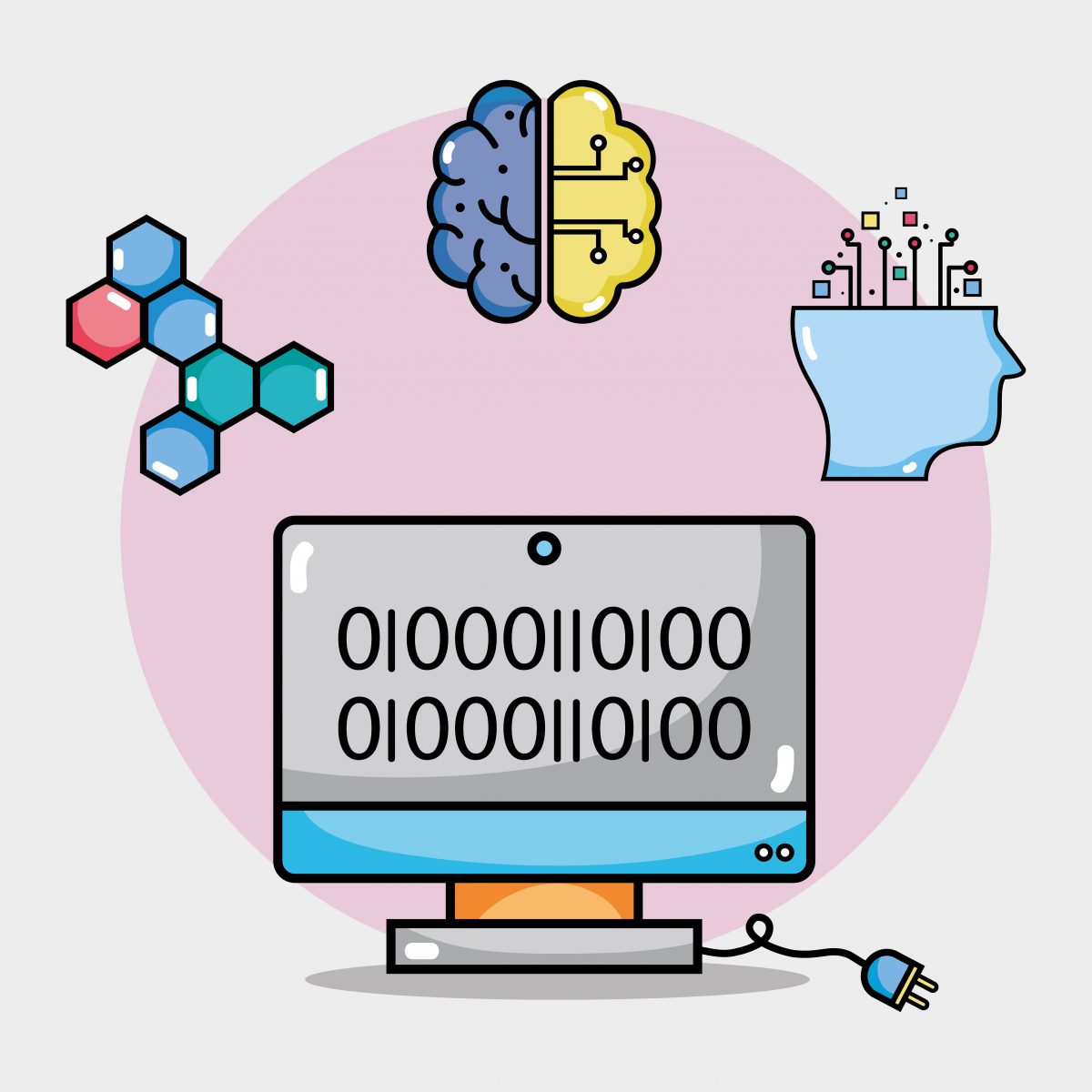New Smartphone App Seen to Quickly and Ably Assess Parkinson’s Symptoms

A new smartphone application can be used to remotely assess Parkinson’s disease symptoms in a rapid and objective way, with the potential to transform how a range of neurological diseases are evaluated, the research team that created it report.
The study, “Using Smartphones and Machine Learning to Quantify Parkinson Disease Severity, The Mobile Parkinson Disease Score,” was published in JAMA Neurology.
Although studies regarding smartphone use to assess Parkinson’s disease have previously been published, only specific features, such as gait, were considered — neglecting overall symptoms of the disease.
Johns Hopkins and University of Rochester researchers developed a smartphone application that can assess Parkinson’s and its severity based on several disease features.
The Android smartphone application, called HopkinsPD, was designed to evaluate five activities: voice, finger tapping, gait, balance, and reaction time. It also allows users to report the use of medication.
The team used a new machine-learning–based approach to generate a mobile Parkinson disease score (scaled from 0 to 100, where higher scores indicate greater severity) that could objectively weight features derived from each smartphone activity, such as stride length from the gait activity.
A total of 250 people with Parkinson’s downloaded HopkinsPD, with 129 fulfilling requirements for the study’s development arm. Another 23 Parkinson’s plus 17 healthy controls constituted the clinic group.
Participants ranged in age from a mean of 58.7 years in the development group, to 64.6 years and 54.2 years in the clinic group (Parkinson’s patients and controls, respectively).
All completed standard in-person assessments of their disease using the smartphone app for six months.
Results showed a good-to-excellent correlation between the mobile Parkinson disease score and current standard assessments, such as the Movement Disorder Society Unified Parkinson Disease’s Rating Scale (MDS-UPDRS), proving this method could provide an objective measure of symptoms. Importantly, this method can be performed frequently, remotely, and rapidly compared to other tests.
Despite limitations, such as the demographic of the participants (who were mostly white and college-educated) and the fact that they generally owned Android smartphones and are not representative of the broader Parkinson’s population, the study is the largest of its kind. It is also consider a proof of concept for the use of mobile phone applications in assessing the severity of neurological conditions.
“Using a novel machine-learning approach, we created and demonstrated construct validity of an objective PD [Parkinson’s] severity score derived from smartphone assessments. This score complements standard PD measures by providing frequent, objective, real-world assessments that could enhance clinical care and evaluation of novel therapeutics,” the team concluded.






